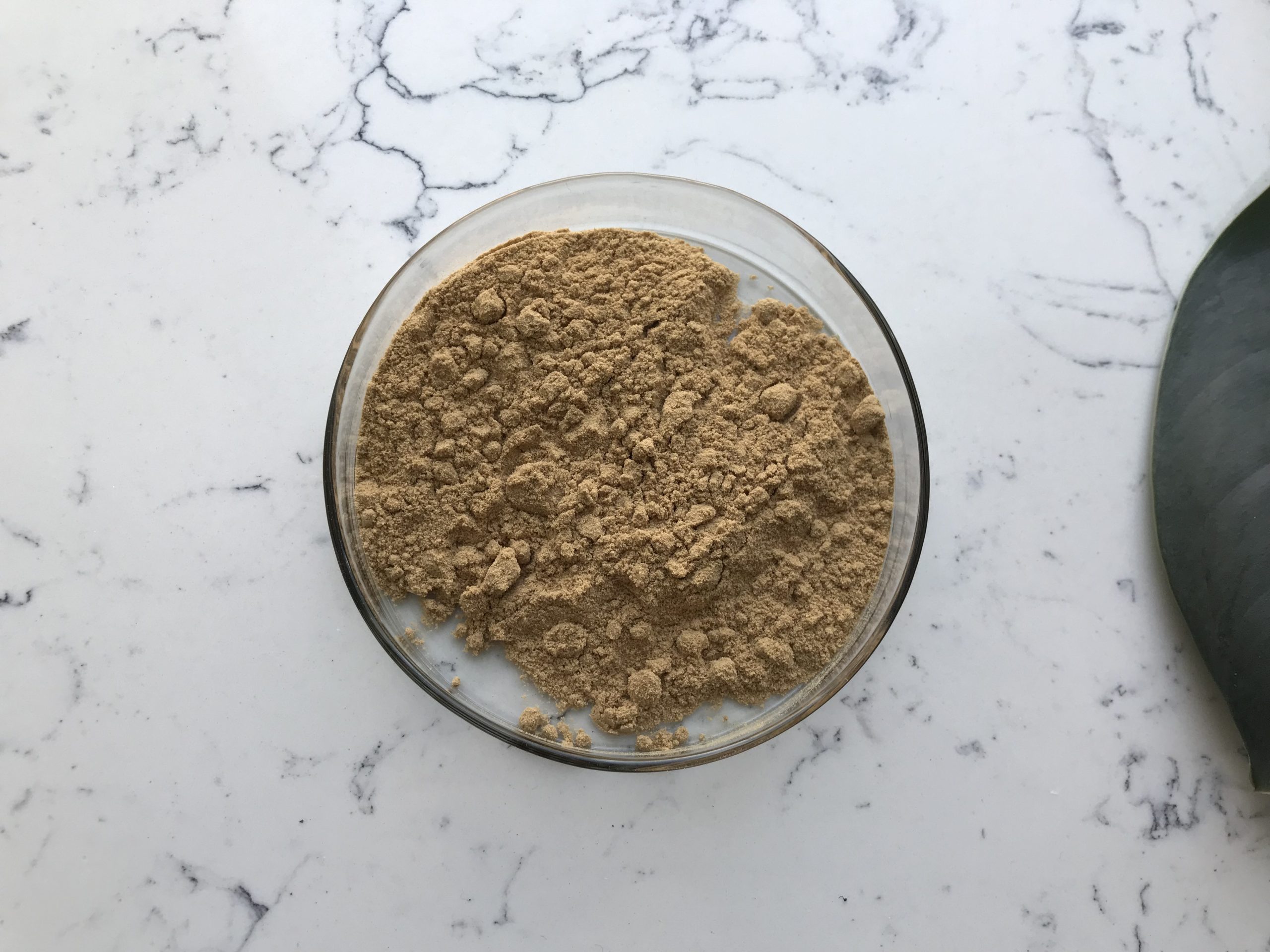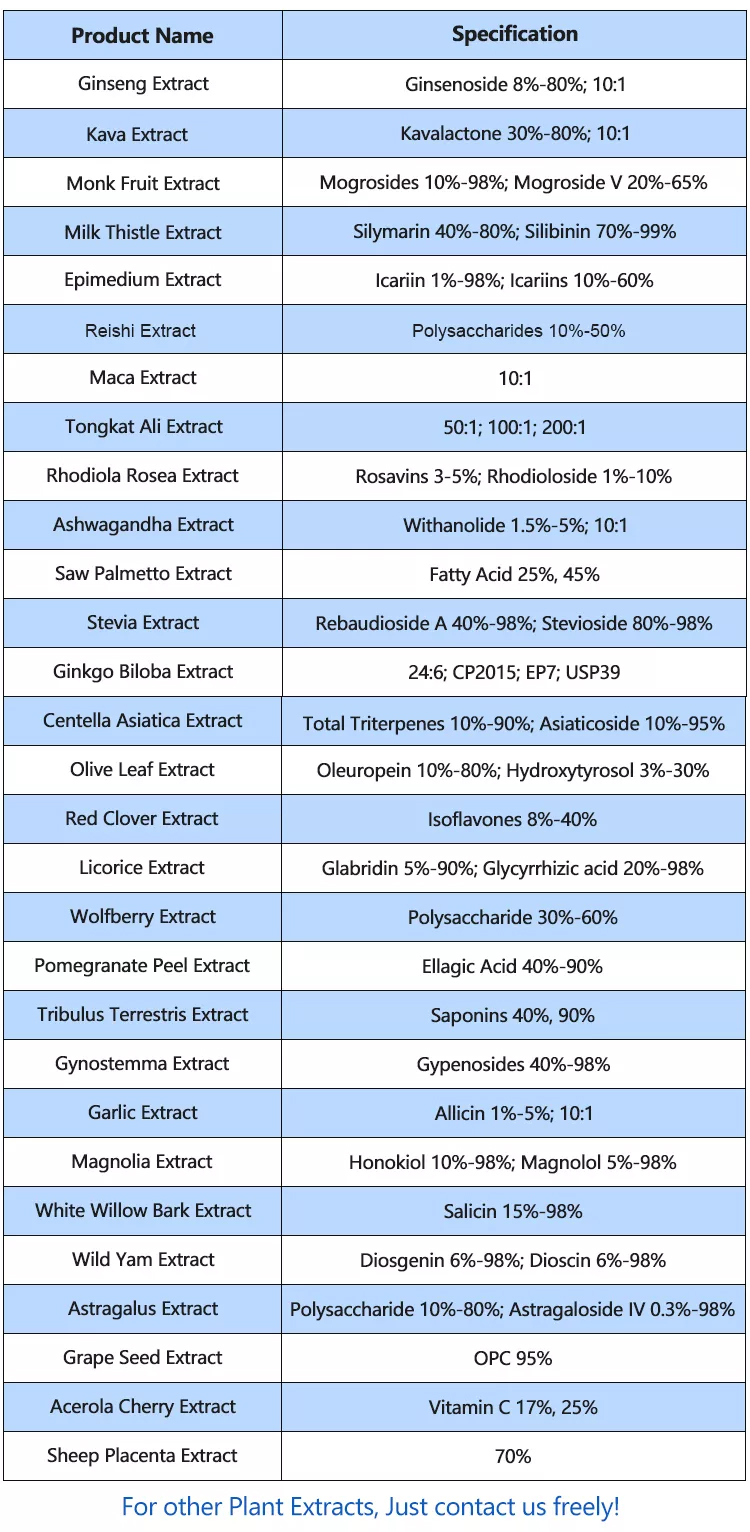Kava extract is derived from the root of the kava plant, scientifically known as Piper methysticum. The kava plant is native to the Pacific islands, where it has been used for centuries in traditional ceremonies, social gatherings, and for its potential relaxing and sedative effects. The root of the kava plant contains compounds called kavalactones, which are responsible for its psychoactive and calming properties.
Kava extract is typically produced by grinding or pounding the kava root into a fine powder and then using methods like cold-water extraction or using a solvent to isolate and concentrate the kavalactones. The resulting liquid or powder extract can then be consumed in various forms, such as as a drink, capsule, or tincture.
Kava has gained popularity outside of its traditional regions as a natural remedy for anxiety, stress, and sleep issues. However, it’s important to note that there have been concerns about potential liver toxicity associated with kava consumption, particularly when used in excess or in combination with alcohol or certain medications. As a result, its use has been regulated or restricted in some countries. If you’re considering using kava extract for its potential benefits, it’s advisable to consult with a healthcare professional to ensure it’s safe for your individual circumstances.

The extraction process of Kava Extract
Kava extract is derived from the roots of the kava plant (Piper methysticum), which is native to the South Pacific islands. Kava has been traditionally used for its relaxing and anxiolytic effects. The extraction process involves several steps to isolate the active compounds from the kava roots. Here’s a general overview of the extraction process:
1.Harvesting and Cleaning:
Kava roots are harvested, typically around 3-4 years after planting, as older roots tend to have higher concentrations of the desired kavalactones, which are the active compounds responsible for the effects of kava. The roots are cleaned to remove dirt and debris.
2.Drying:
The cleaned kava roots are often dried in the sun or using forced-air drying methods. Proper drying helps preserve the active compounds and prevents mold growth during storage.
3.Milling and Grinding:
The dried kava roots are then milled or ground into a fine powder. This increases the surface area, facilitating the extraction of kavalactones.
4.Extraction:
There are various methods for extracting kavalactones from the powdered kava root. The most common methods include:
- Traditional Water Extraction: This method involves soaking the powdered kava root in cold water or warm water (but not boiling) and then kneading or mixing the mixture to release the kavalactones into the liquid. The resulting liquid is strained and consumed.
- Solvent Extraction: Sometimes, a solvent such as ethanol or acetone is used to extract the kavalactones from the kava powder. The solvent is evaporated after extraction, leaving behind a concentrated kava extract.
5.Filtration and Straining:
Regardless of the extraction method used, the resulting liquid extract is typically filtered or strained to remove any remaining solid particles and debris. This ensures a smooth and clear extract.
6.Concentration:
If necessary, the extracted liquid can be further concentrated using methods like evaporation or vacuum distillation to increase the potency of the extract.
7.Quality Control:
The potency and quality of the kava extract are assessed through various analytical techniques, including high-performance liquid chromatography (HPLC), which can determine the content of specific kavalactones.

8.Formulation and Packaging:
The concentrated kava extract can be further processed to create various formulations, such as tinctures, capsules, powders, or liquid extracts. These formulations are then packaged for distribution and sale.
It’s important to note that the extraction process can vary between manufacturers and regions, and some commercial kava extracts may use different methods or additives to enhance the product’s effects or shelf life. When purchasing kava extract, it’s recommended to choose products from reputable sources that provide information about their extraction methods and quality testing procedures. Additionally, keep in mind that the safety and regulation of kava products can vary by country, so it’s important to be informed about the legal status and potential risks associated with kava consumption in your region.
